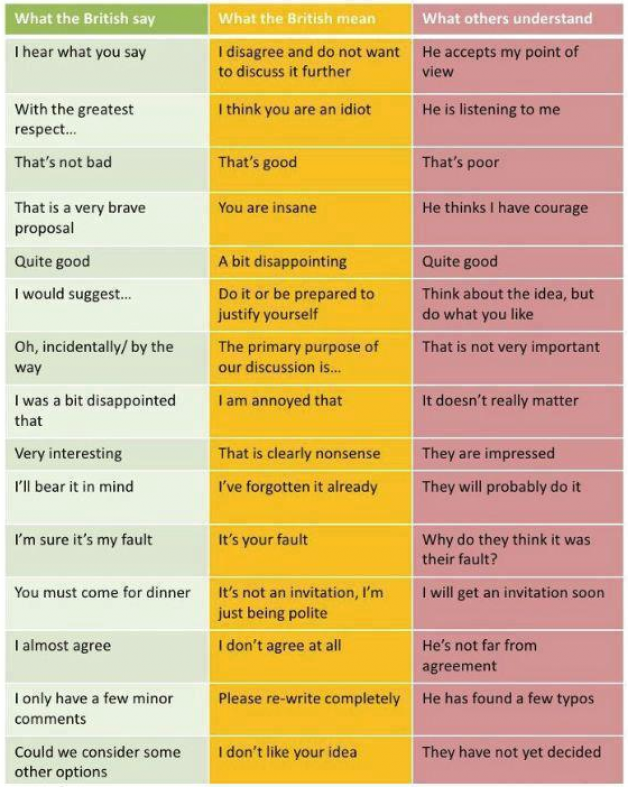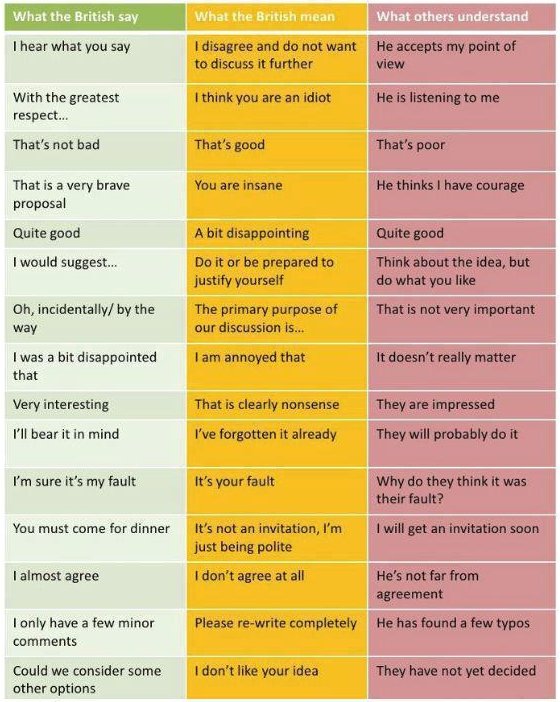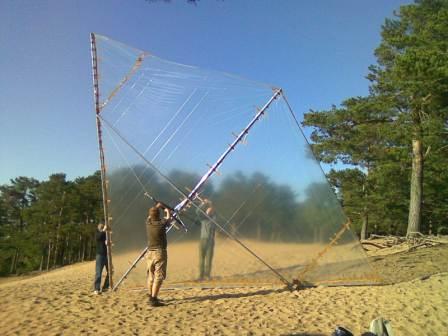It seems that TheAngryNawashi is no more or at least has been silenced for the time being. Numerous rumours have abounded and accusations have been made as to who the masked crusader might be. As far as I can see, nothing conclusive had been proved so I am very cautious about speculating over certain aspects, e.g. the illegal access to the Fetlife account and subsequent data tampering which are serious criminal offences, and who or how it was obtained. Little can be proven as the tampering conveniently took the form of a wholesale deletion of the threads which might have provided the evidence of this or proof of some the allegations being made. It’s funny how the cyber-shredders go on overtime when there is trouble brewing.
Talking of deleting threads and posts, I abhor this censorship culture which seems to be rearing it’s head on Facebook, Fetlife etc. I really think the right of free speech should be allowed so long as the participants wish to engage and no laws are broken. Whatever, happened to the much vaunted First Amendment to the United States Constitution which codifies the freedom of speech as a constitutional right or are we living under a dictatorship?
It seems that too often threads either get closed because one of the moderators has been challenged on a question or they feel the need to act as self-appointed arbiters of etiquette and censors of personal relations. It really is like being at school sometimes. I think we deserve to be treated as adults and allowed to sort out our differences without the teacher (or should that be the Master?) stepping in to tell us off, put us in detention or even expel us.
I also wish those who don’t like a thread would take a hike and chose one more to their liking. How would they like the local moralist coming to their local SM club and disapproving all night? One must question the motivation of such people. If you don’t like pervy clubs, the answer is simple: Go elsewhere and let those who enjoy kink themselves.
TheAngryNawashi seemed to be a mixed blessing as he brought up the subject of critique, spawned some very interesting threads and his watchful eye made us look at our own work more critically. On the negative side, he alienated a lot of people and created a very poor impression by resorting to cheap insults and cryptic replies in some posts. TAN could have done a lot of good as he appeared to know what he was talking about if he had kept a civil tongue and provided more direct advice. It is a great shame that a powerful tool for good was abused and wasted.
I’m amazed how strongly people react to abuse and insults. I know it’s bad manners but all said and done it’s only words on a screen! As they say “Sticks and stones might break my bones but words will never harm me”. It’s not like their apoplectic red-face is inches from yours spraying you with spittle. There is nothing like an acerbic and intelligent reply or better still ignoring the tone and answering in a civil and controlled manner to show this sort of aggressiveness for what it is. Nevertheless, there is no reason to resort to name calling. To me, it indicates the inability to respond otherwise.
Electronic communication is fraught with problems. We rely so much on visual clues or intonation. For example, a simple facial expression can change an obscene insult into a friendly greeting and vice versa. Even with my own language, there are different meanings attributed to the same expression. For example, ‘next week’. Is that the next week to come along or the week after? Now add, the difficulty of different cultures with different ways of saying things and perceptions of things like irony and sarcasm. It gets worse when you add translation nuances on top. The trouble I have got myself into by not appreciating the gravity attached to words like ‘deshi’ or ‘ryu’, which I had erroneously assumed to mean student/pupil and style respectively! Even ‘yes’ doesn’t mean ‘yes’ in Japan. Confused? This is an explanation and here’s a handy guide for those for whom English is not their mother tongue:
I think all this makes misunderstanding all to easy and thus the source of much unnecessary conflict.
One good thing that has come out of it was that, for reasons that would be tiresome to repeat, I was prompted to post my own box-tie (takate-kote) tutorial from my DVDs and ask for a critique. However, the criticism flying around prompted me to take a very critical look myself first and I discovered that there were things I had missed or do differently some two years later. I’d be more worried if I could see nothing wrong as it would mean I hadn’t improved my tying in 2 years. In a pre-emptive move and to provide a better tutorial, I re-edited the footage from the DVD and added some on-screen corrections and notes. The feedback has been fantastic and I have some great ideas for making better tutorials. Thank you, it has been invaluable. Some really great suggestions have come from those with little experience, so please don’t think your question or suggestion is too stupid. Sometimes, it is hard for me to see the woods for the trees.
This re-edit is only a stop gap and the video was not shot or edited with a view to annotations on screen, so was not a perfect job. I plan to cover these points along with a lot more detail on tying rather than ties per se in my next tutorials and find a better way of captioning. If I get time, I will try to improve the annotated edit, e.g more readable font, slow it down for more on-screen time.
I seek to engender a culture of more constructive criticism as I see it as a positive way of improving tuition, resources and our individual skills. We should embrace valid criticism and have the courage of our convictions to defend our actions otherwise. Nobody should be exempt from criticism regardless of status and nobody, regardless of skill, should be afraid to ask questions. If schoolchildren can criticise the work of the world’s greatest writers, surely we can critique each other? There is no shame in being wrong, their is no shame in learning. The only shame is refusing to admit you are wrong and failing to learn.
The fear of being proved wrong is clearly very high in some people. In some cases, it might just be due to embarrassment for failing to meet their high own standards or having errors publicly pointed out, undermining a false façade or a bruised ego. Of course, it could be none of these, it might have been the way it was raised, an offence to an infallible Dom or the recipient just got out of bed the wrong side that morning. An adverse reaction to polite and deserved criticism only serves to imply that it must be a raw nerve and calls into question their expertise and competence. Evasive or cryptic answers which advise the enquirer to seek enlightenment through contemplation foster a similar impression, rather than create the intended mystique of profound knowledge. A clear measured response explaining the answer is far more productive and stands one’s reputation in better stead.
In conclusion, questions and critique are valuable and should be welcomed as a way of improving as we are so often blind to our own faults. Nobody should be afraid to critique anyone but please keep it civil and factual. Riggers need to be a little more humble and have the insight to realise that whilst we might think that we know a lot about shibari, it is only because our limited knowledge creates that illusion. I know, I have been there many times but a visit to Japan usually pops that bubble. It is very easy to get to a certain stage learning rope where one sincerely believes this. Take a reality check. Later in our careers, this illusion can be created by lack of criticism because the culture we have created makes it a blasphemy to question the demi-gods of the local scene, let alone the rope gods of Japan. This results in complacency and stagnation. We need stimulus to stay on our toes in the same way that shareholders keep an eye on PLC’s whilst state owned enterprises become inefficient. In all this, we should avoid pedantry. I’ll put my hand up to being guilty of this but in my defence I will plead having been taught in a very dogmatic way, which I took to be the one true path. In fact, I was in danger of becoming a kinbaku fundamentalist and condemning all others as infidels. We must realise what is functional and what is mere ornamentation. A functional friction is more important than one that looks like the original but is incorrectly formed. We must also be open to the fact that there will usually be several ways to achieve the same thing, each with its pros and cons but none of them wrong.
I have a lot of opinions and theories, not all of them right. I don’t know it all but that has never prevented me from having an opinion. If you think I’m wrong, tell me so. I am always prepared to change my opinion or methods if a better one comes along. Nothing in this world stands still. Kinbaku is probably not unlike the development of hang-gliders. In the early days, when technology was still developing by trial and error, safety and efficiency was a long way behind what it is today. Various generations came out, each safer and more efficient than the last. Early examples now look something pre-dating the right brothers, and indeed they were primitive. Now, they are graceful machines capable of long distances, great speed and aerobatics all with far greater safety. No doubt, in a few years, the state of the art now will look like a Sopwith Camel by comparison.




